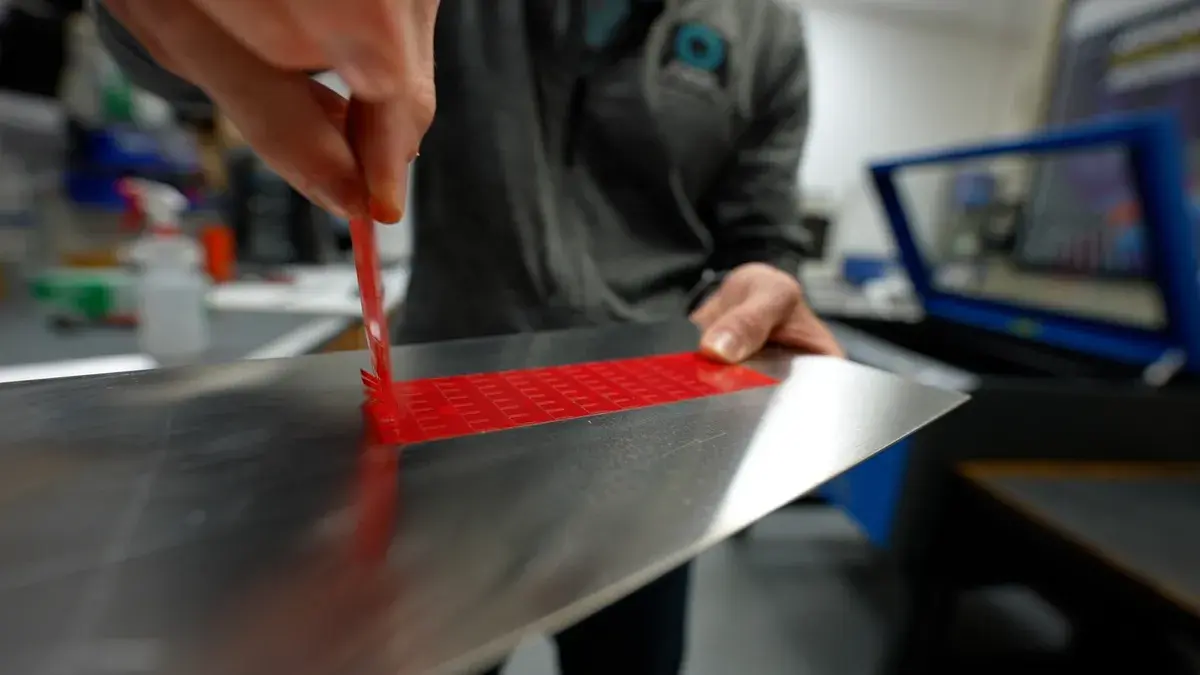The destruction of Malaysian Airlines flight MH 17 on July 17, 2014, is rather straightforward in some regards: the plane was shot down by an advanced anti-aircraft battery. While the whole world is shocked at this event and the fates of the 298 people aboard, the question of what happened to Malaysian Airlines flight 370 is still a huge question mark.
Was Malaysian Flight 370 Taken Over by Remote Control?
An airline hijack has traditionally meant a person or persons posing as a passenger(s) overpowering a flight crew after the plane has taken off and flying it to a new destination. Of course, the most infamous use of planes as weapons, before 9/11, occurred during World War II when kamikaze pilots crashed airplanes into US ships, mostly due to a lack of enough fuel to make a return trip to home base.
During the last couple of years, there have been reports of US drones in Iraq being hacked by enemies on the ground, rerouted and crashed. Recently, a team of researchers at the University of Texas-Austin radio navigation laboratory proved to the US Department of Homeland Security that a drone could be hijacked using a technique called spoofing, where a signal from a hijacker imitates the signal sent to the drones GPS system, taking over the unmanned aerial vehicle (UAV) and causing it to veer off its pre-programmed course.
Increased Connectivity in New Planes Makes Them Vulnerable
According to a rule published by the the US Federal Registry on 11/18/2013:
The integrated network configurations in the Boeing Model 777-200, -300, and -300ER series airplanes may enable increased connectivity with external network sources and will have more interconnected networks and systems, such as passenger entertainment and information services than previous airplane models. This may enable the exploitation of network security vulnerabilities and increased risks potentially resulting in unsafe conditions for the airplanes and occupants. This potential exploitation of security vulnerabilities may result in intentional or unintentional destruction, disruption, degradation, or exploitation of data and systems critical to the safety and maintenance of the airplane.
The proposed architecture is novel or unusual for commercial transport airplanes by enabling connection to previously isolated data networks connected to systems that perform functions required for the safe operation of the airplane. This proposed data network and design integration may result in security vulnerabilities from intentional or unintentional corruption of data and systems critical to the safety and maintenance of the airplane. The existing regulations and guidance material did not anticipate this type of system architecture or electronic access to aircraft systems. Furthermore, regulations and current system safety assessment policy and techniques do not address potential security vulnerabilities, which could be caused by unauthorized access to aircraft data buses and servers.
The Boeing Model 777-200, -300, -300ER series airplanes will incorporate the following novel or unusual design features: An onboard computer network system, and a network extension device. The network extension device will improve domain separation between the airplane information services domain and the aircraft control domain. The proposed architecture and network configuration may be used for, or interfaced with, a diverse set of functions, including:
1. Flight-safety related control and navigation systems,
2. Operator business and administrative support (operator information services),
3. Passenger information systems, and,
4. Access by systems internal to the airplane.
This seems to suggest that intrusion into the system is possible. It is also believed that existing planes have been outfitted with technology that allows air traffic controllers to take over operation of a plane if and when a plane is off course due to a hijacking or health issue with pilots. If this is true, Malaysia Flight 370 could have been hijacked using this method, with the plane’s pilots unable to do anything and key system resources shut down remotely, as reportedly happened, as well.
Plot Thickens with Plausible Conspiracy Theories
One of the most interesting angles is the fact that a company, Freescale Semiconductors, heavily involved in radio frequency (RF) military systems, battlefield communications, avionics, HF through L and S-Band radar, missile guidance, electronic warfare, and identification, friend or foe (IRR), had a number of employees on board.
Twenty Freescale employees on the plane, many of them senior technicians, were experts in these technologies and military/defense electronic systems and radar for land, ship, airborne, pulsed and phased array applications.
New “Cloaking Technology” Far from Science Fiction
It was reported that Freescale released a powerful new product on March 3, 2014, that was said to “cloak” planes, making them invisible to radar. According to reports, similar electronic weaponry has already been deployed and used to hide and cloak planes.
An example of electronic warfare would be the use of electronic countermeasures to blind enemy radar, interfere with an electric grid or the Internet, take down a cellphone network and scramble emergency frequencies used by military, police officers and firemen. Another example of electronic warfare is the ability to make incoming bombers invisible to radar and then in an instant to “fill the sky” with hundreds of bombers, completely confusing and the enemy tracking system.
Diego Garcia: Area 51 of Indian Ocean
Another conspiracy theory is that MH 370 was flown to a US base on Diego Garcia. Calculations show the plane had enough fuel to make it there and a large jet was spotted from an island in the Maldives within 15 minutes of the time it would have taken MH370 to reach that spot. There are many theories as to why the US would have wanted to divert the plane to Diego Garcia, but most involve the recovery of high tech equipment.
Maybe the Simplest Story is the Truth
One day we may know what happened to Malaysian Airlines flight 370 but until then there will be theories of all kinds. The simplest explanation is that one of the pilots decided to end his life, possibly with an insurance policy pay off in mind for his family; this type of crime occurs all the time and so is, statistically speaking, a higher probability than some of the other theories.
Related articles on IndustryTap:
- Will the Mystery of Flight MH370 Change How the Cockpit is Operated?
- Automated Disposal Of IEDs (Improvised Explosive Devices)
- How Eagles Deal with Turbulence Could Save Airline Passengers’ Lives
References and related content:







